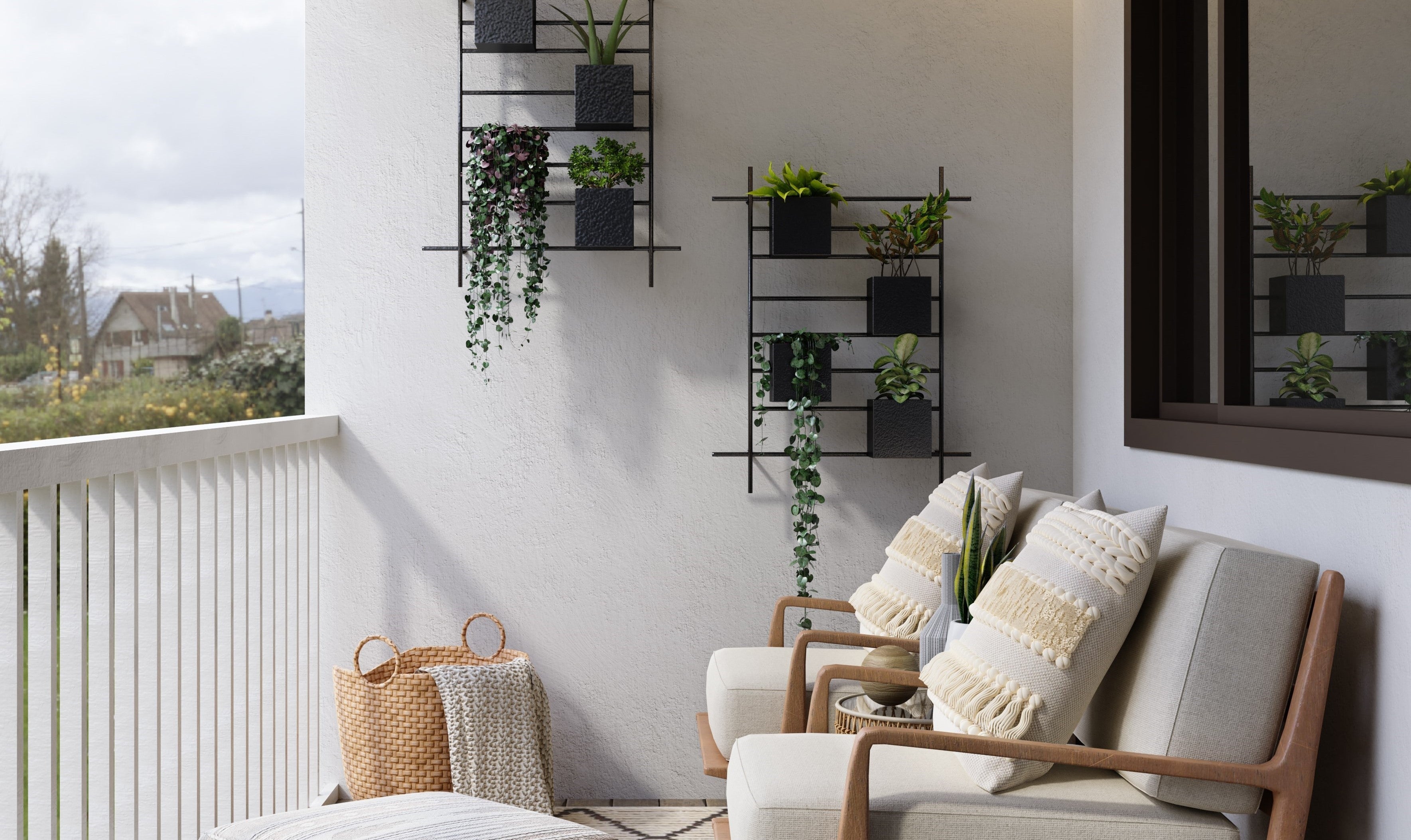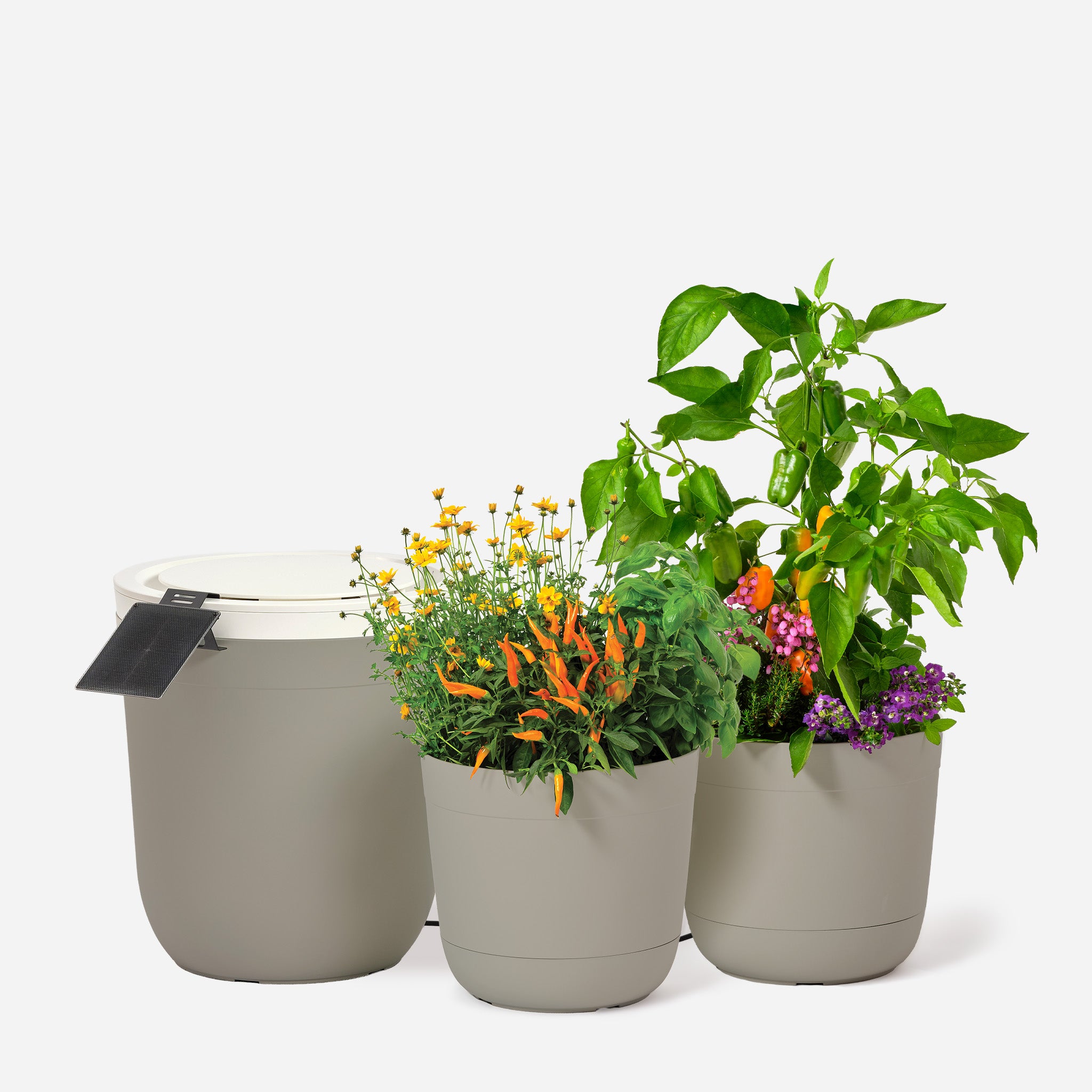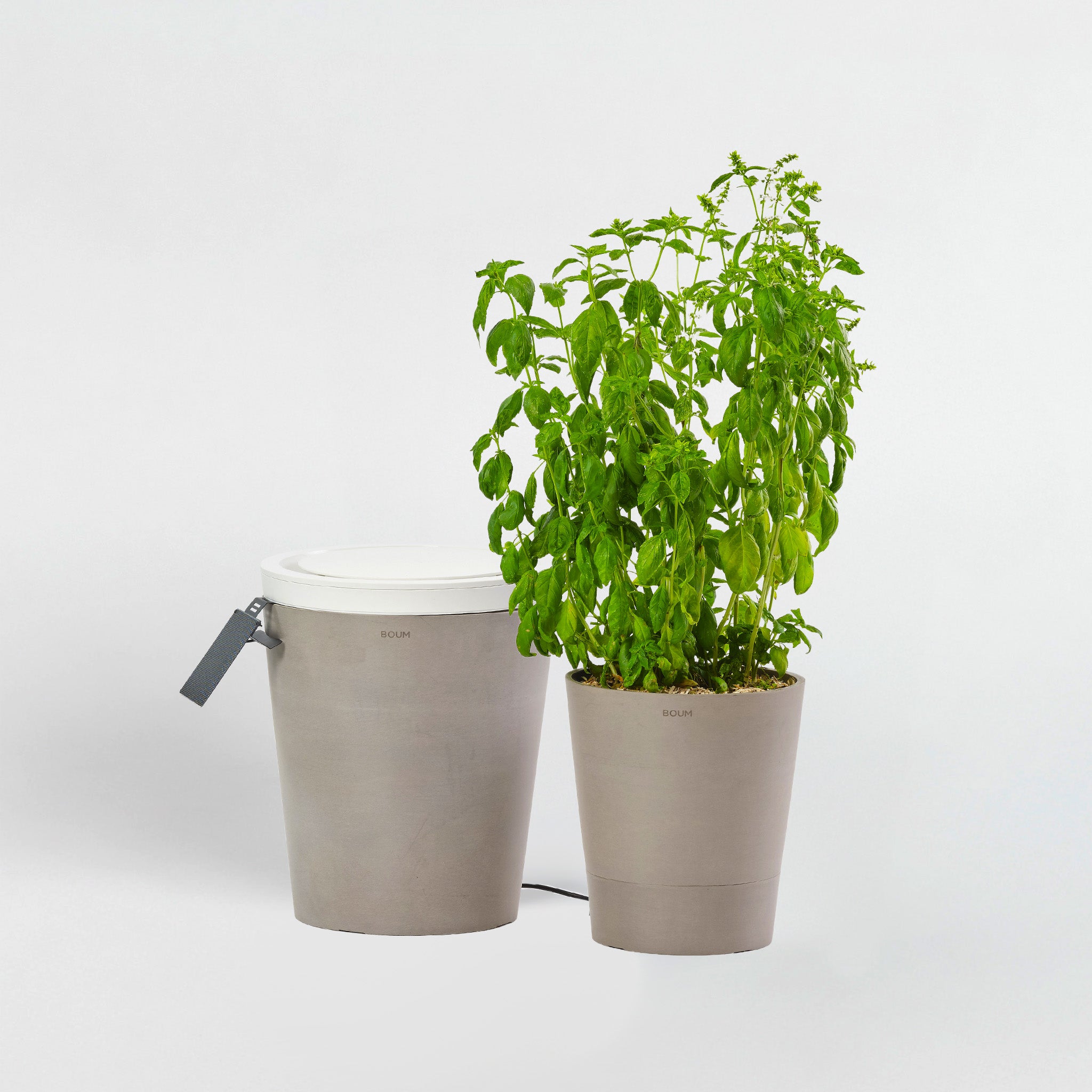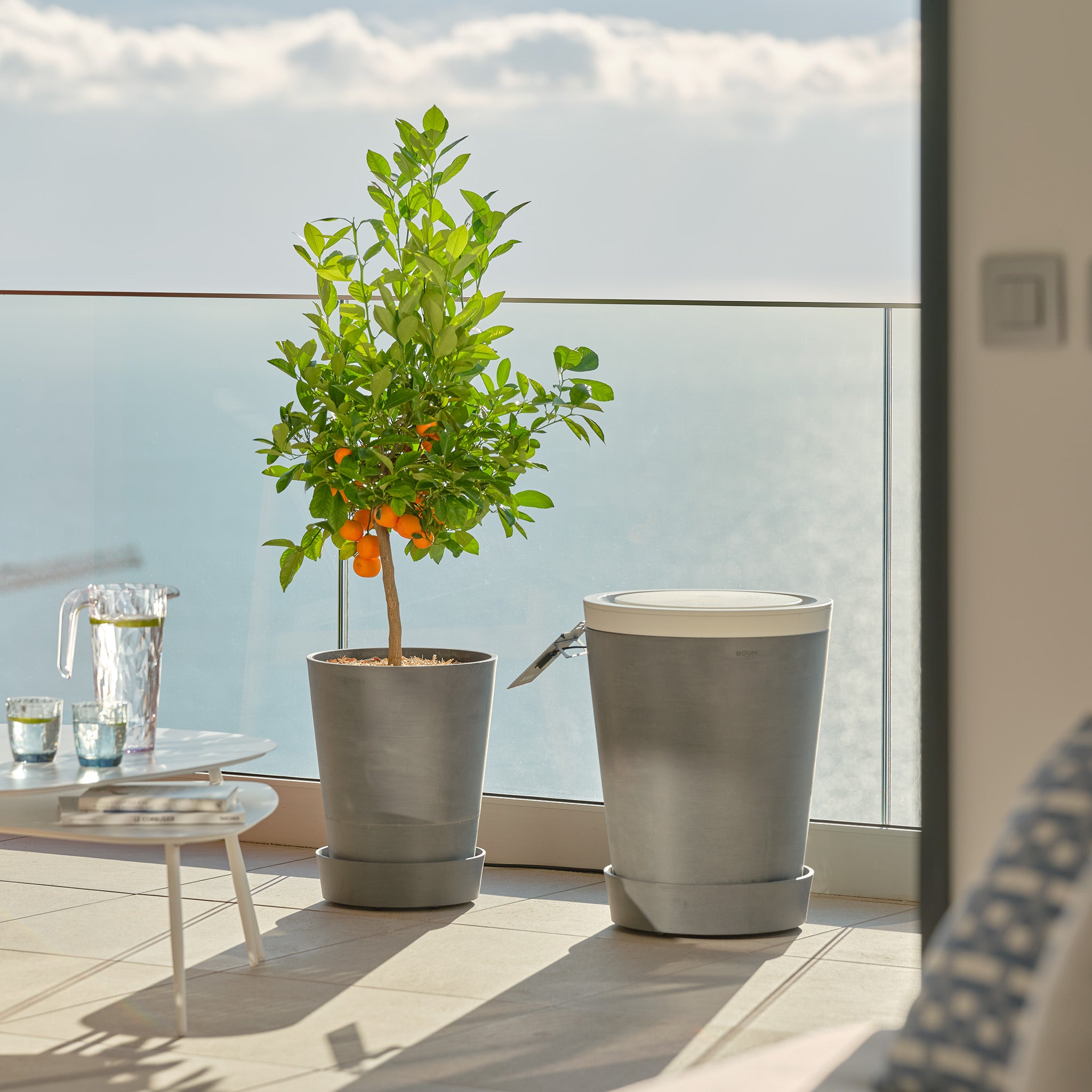The plan for the urban garden is in place, the plants have been selected. But which soil is now the right one for my balcony plants? The sacks are piling up in hardware stores, leaving many people running helplessly from pallet to pallet. We help to find a little overview of balcony soil.
Why do I need special soil for my plants at all?
Different plants need different nutrients. In principle, it's the same as with us humans - depending on our stature and general conditions, we also eat differently. Nutrients, water requirements... this is especially important for the small ecosystem in the planter, window box or pot. So give your plant what it needs and you will enjoy your balcony garden more.
And special soil has other advantages in addition to the right composition: it does not sag as quickly and is sieved. So the roots get enough space and oxygen to develop freely and are not disturbed by other plants and weeds whose seeds can get lost in unsifted soil. At the same time, it is dense enough to give the plants a firm hold in the container, so that every breeze on the balcony doesn't blow them around.
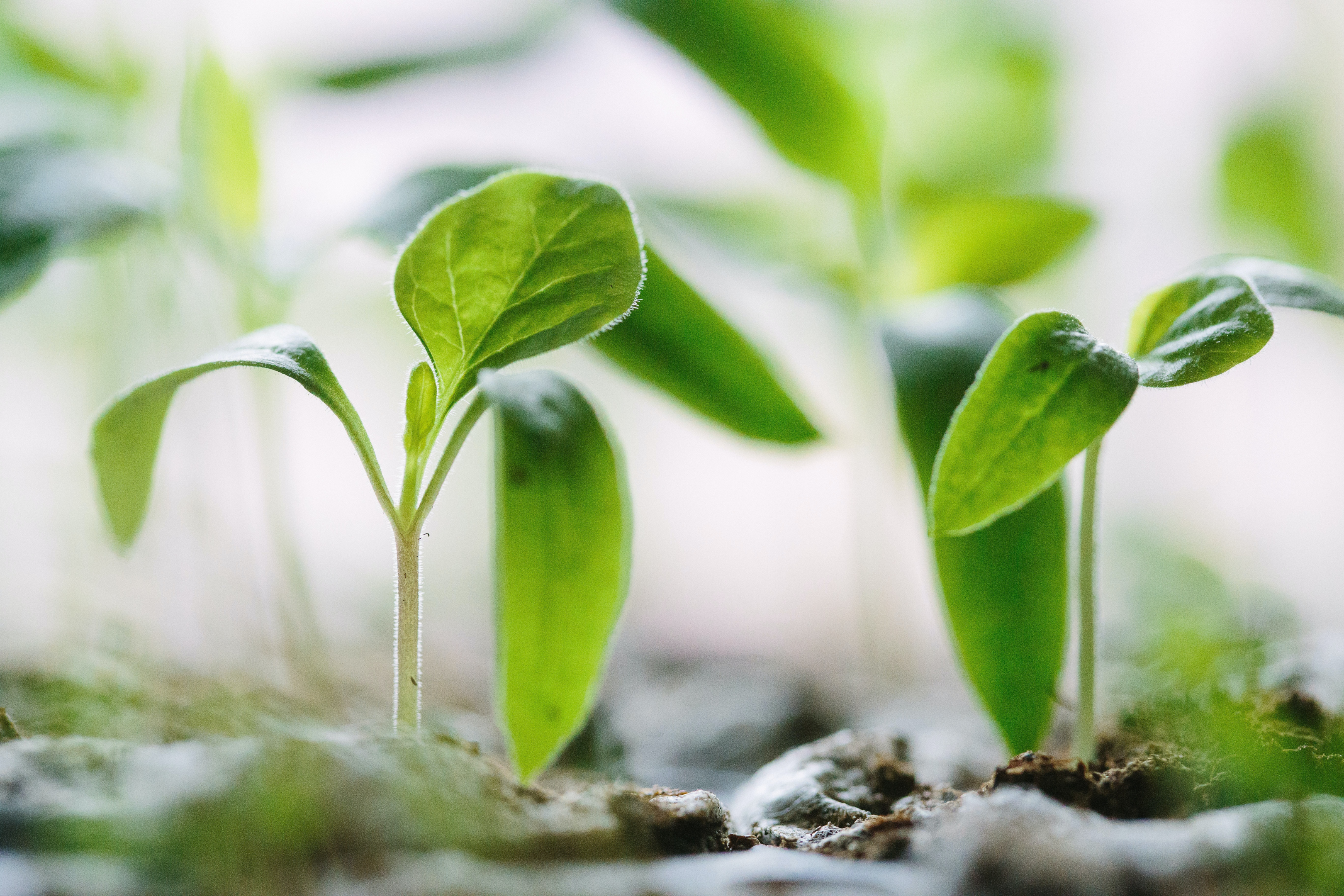
Which soil is the right one for my plants?
Every little plant has very specific needs. And since you want everyone in your future balcony garden to be thriving, you should definitely pay attention to the right soil. But don't worry, you don't have to lug sacks of different soil to provide for everyone in an ideal way. You can easily use the same soil for most plants. The main differences are explained here:
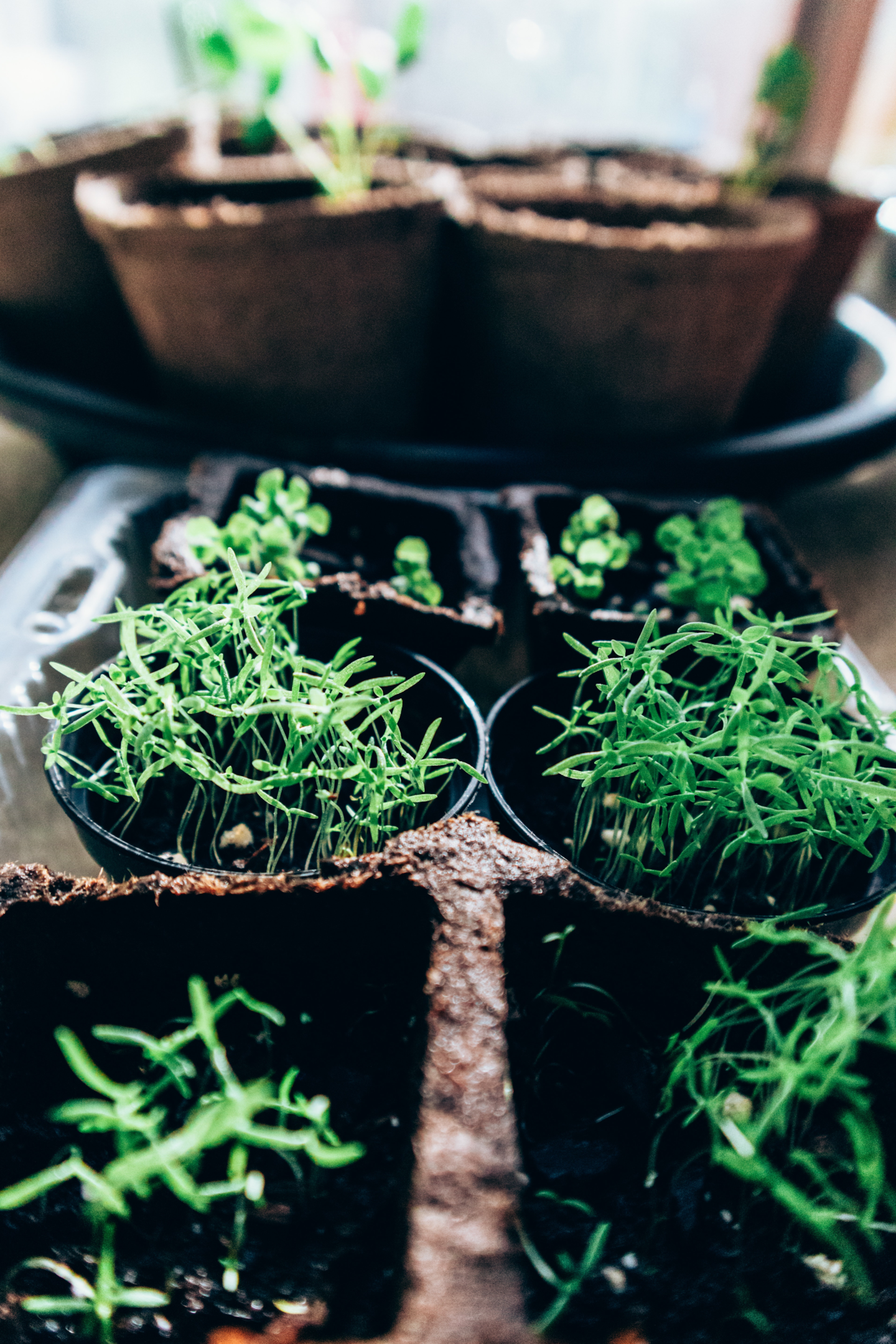
Potting soil for young plants
Well, that's clear: To start with, special soil is needed. So if you want to prefer your plants, use special potting soil. Contrary to what is often assumed, potting soil has fewer nutrients. The reason: the young plants should not shoot up too quickly, but should become strong and resilient.
If you want to learn more about growing plants and getting started with urban gardening, take a look here: "Urban Gardening for Beginners"
Universal soil/potting soil: The all-rounder
As the name suggests, you can use universal soil for almost anything, it is often simply called potting soil. It is not quite as fine as potting soil and is therefore suitable for rooting, enriched with nutrients and fertilizer and ideal for most plants on your balcony. We have developed such an earth from scratch. You can find our sustainable universal earth here .
Universal soil is typically based on hummus and, depending on the quality, can contain other additional nutrients and fertilizers. Sometimes it also contains peat. Below you will find more information on what to look for when buying and why peat as a base is not a good idea.
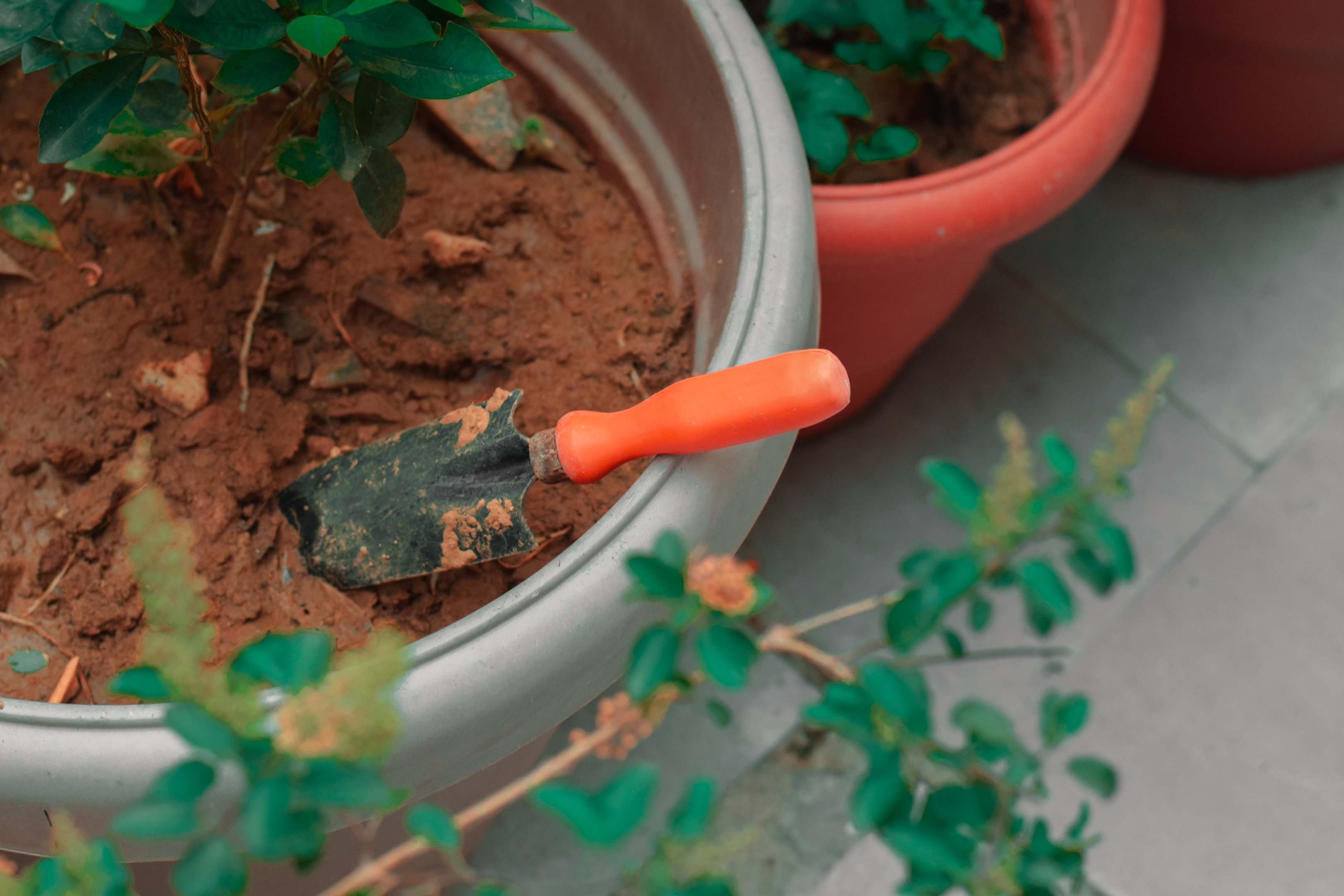
Pot soil for a small ecosystem
Potting soil is basically nothing more than potting soil, it only sometimes contains a little more structural additives such as lava granules. In tubs, the drainage layer is a bit more important than in small containers, as excess water could cause roots to rot.
Herb soil for a good harvestHerbs have different needs than flowers and green plants. They don't need quite as rich soil and fewer nutrients. Products specially tailored to them contain a larger proportion of sand and lime.
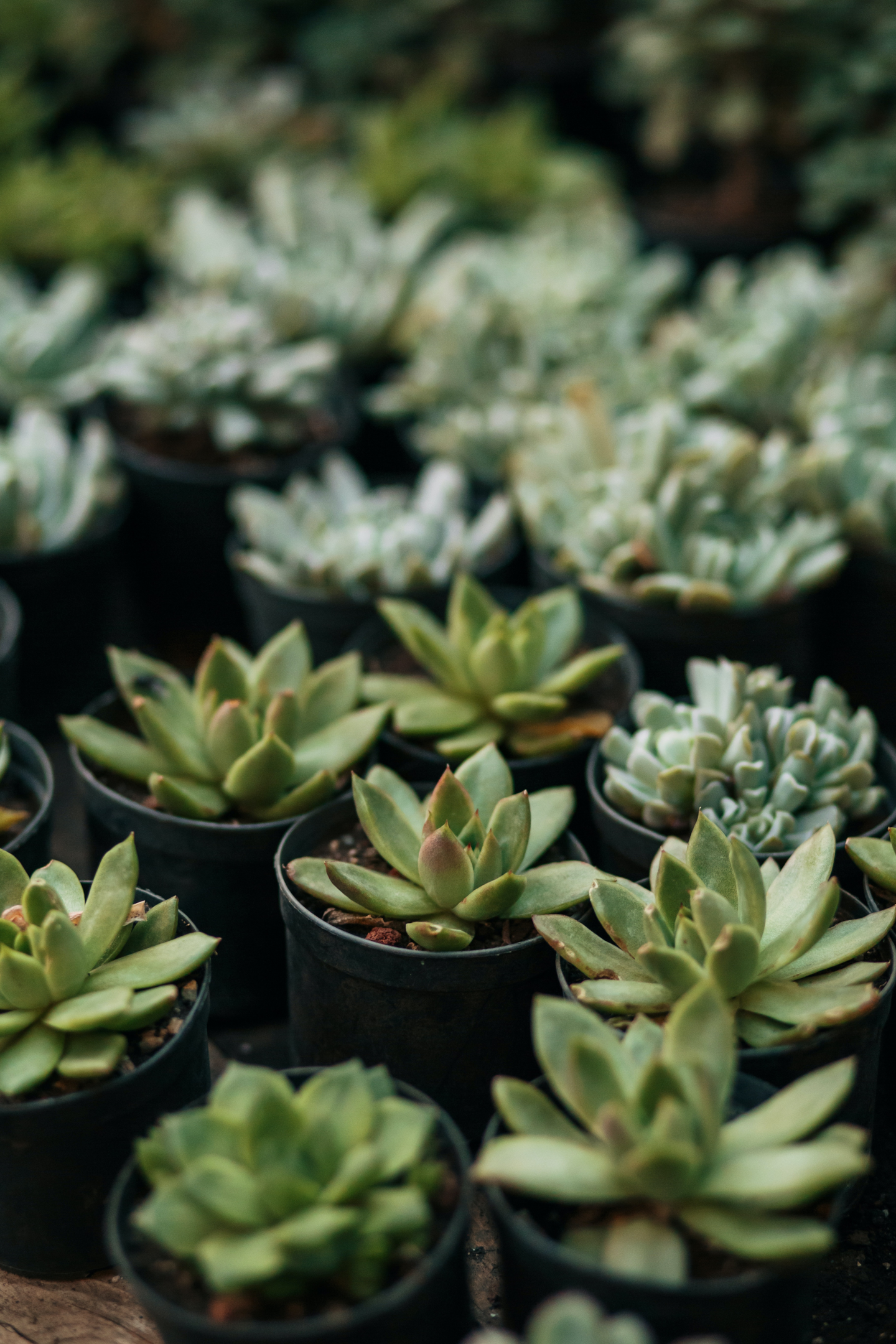
Special soil for sensitive and hungry plants
Some plants have very specific needs. Some need a special PH value, others are particularly hungry and need a lot of nutrients, others would get sick if the soil was too rich or the roots would burn with too much fertilizer.
In order to do justice to the more sensitive plants, it is best to use soil that is tailored to them. Candidates include, for example, geraniums, orchids, roses and hydrangeas. You can also do cacti and succulents a favor with special soil.
Potting soil: Nothing for your balcony
Attention, do not confuse: potting soil is more suitable for the garden. It is not quite as high-quality, because of the conditions in the bed it is coarser and contains other ingredients and less fertilizer.

Tips for buying soil: You should pay attention to this
It is tempting to reach for cheap discount earth. At first glance, there are hardly any differences between the sacks of potting soil. But the price is no coincidence.
High-quality soil does not save on nutrients and is correspondingly more expensive. The included slow-release fertilizer lasts a while, while you have to fertilize cheap soil quickly. This is more important for perennial plants than for annual specimens. So you probably didn't save with it. Instead, cheap fillers and salts are found in these soils.
Better make sure that good fertilizers are included. Such as the following additions:
- compost / bark humus
- Wood fibers (loosen to allow air exchange)
- Horn shavings (they do a lot for your plants with the nitrogen they contain)
- Coconut fibers (absorb a lot of water, ensure air and water permeability, caution: not a local product)
- Attention: Better no peat! We explain that in more detail below
Also helpful for potted plants:
- High clay content (retains nutrients and water longer)
- Mineral substances such as lava or expanded clay (prevent collapsing)
If you can inspect the soil, trust your senses: soil should be finely crumbly, not contain any large lumps, not smell foul and above all not have a white layer - that can be mould. If you can compact the soil and it stays that way, look at other options.
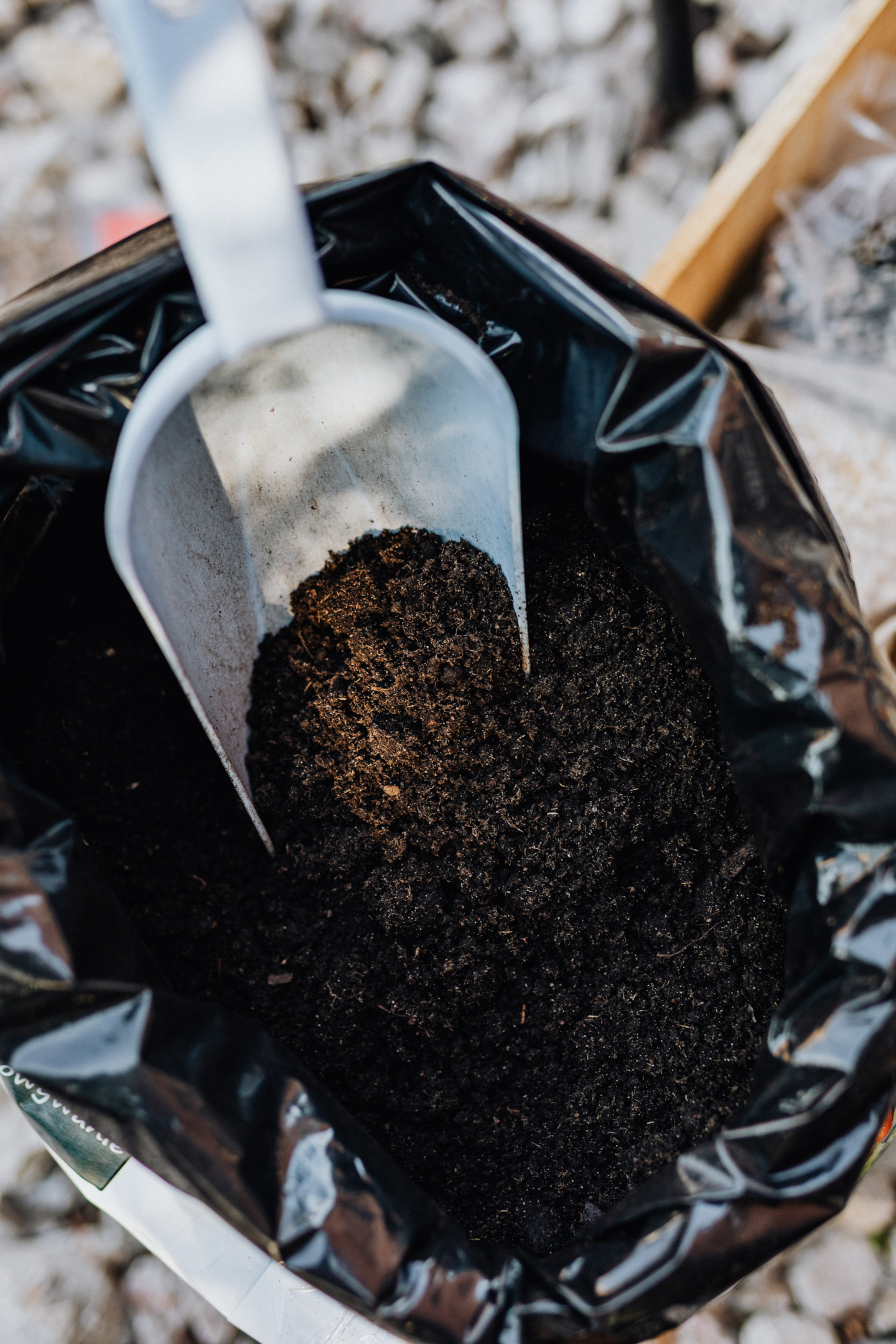
Does peat belong in the balcony soil?
At first glance, peat looks great. It stores water, but lets excess water through without hesitation and is biodegradable. If a low PH value is necessary, adding peat in an appropriate amount will also help.
But the extraction of peat is not good for the environment. It is obtained from moors and they actually have an important task: they are home to various animal and plant species, for example, and store carbon dioxide, which is known to be harmful to the climate. The extraction of peat promotes the destruction of these important bogs and that is reason enough to decide against it.
There are enough alternatives, you have the choice between peat-reduced or completely peat-free products. Instead, they are simply mixed with coconut or wood fibers, bark humus or xylitol, which perform a similar function. All renewable raw materials and some practical by-products. Xylitol is produced, for example, during charcoal production, has a correspondingly good status in terms of the environment and balcony plants love it.

How long does fertilizer last in store bought soil?
The product itself usually states how long the fertilizer it contains should work. As a rule, this is six to eight weeks, after which it should be fertilized for the benefit of the plant. Some soils are also designed for a whole season and have fertilizer ready for six months.
The additional fertilization works either by watering - you simply put the product in the can with the water and thus to the plant - or by granules. You mix the latter under the potting soil, where it continuously releases fertilizer. You can do this right at the beginning when planting.
Store potting soil properly
You've taken care of all your plants and soil left over? You don't have to dispose of them. Close them well so that nutrients last longer and fungus gnats, which otherwise like to nest, don't stand a chance. Properly wrapped, it will keep for another year and a half. Since the nutrients gradually degrade, you may just need to top up earlier.
If you still have soil from the previous year, you will find instructions on how to prepare it here: “ Prepare old soil”.
You can order our specially developed Boum soil, sustainable and ideal for many vegetables, herbs and flowers, here: Boum soil .


